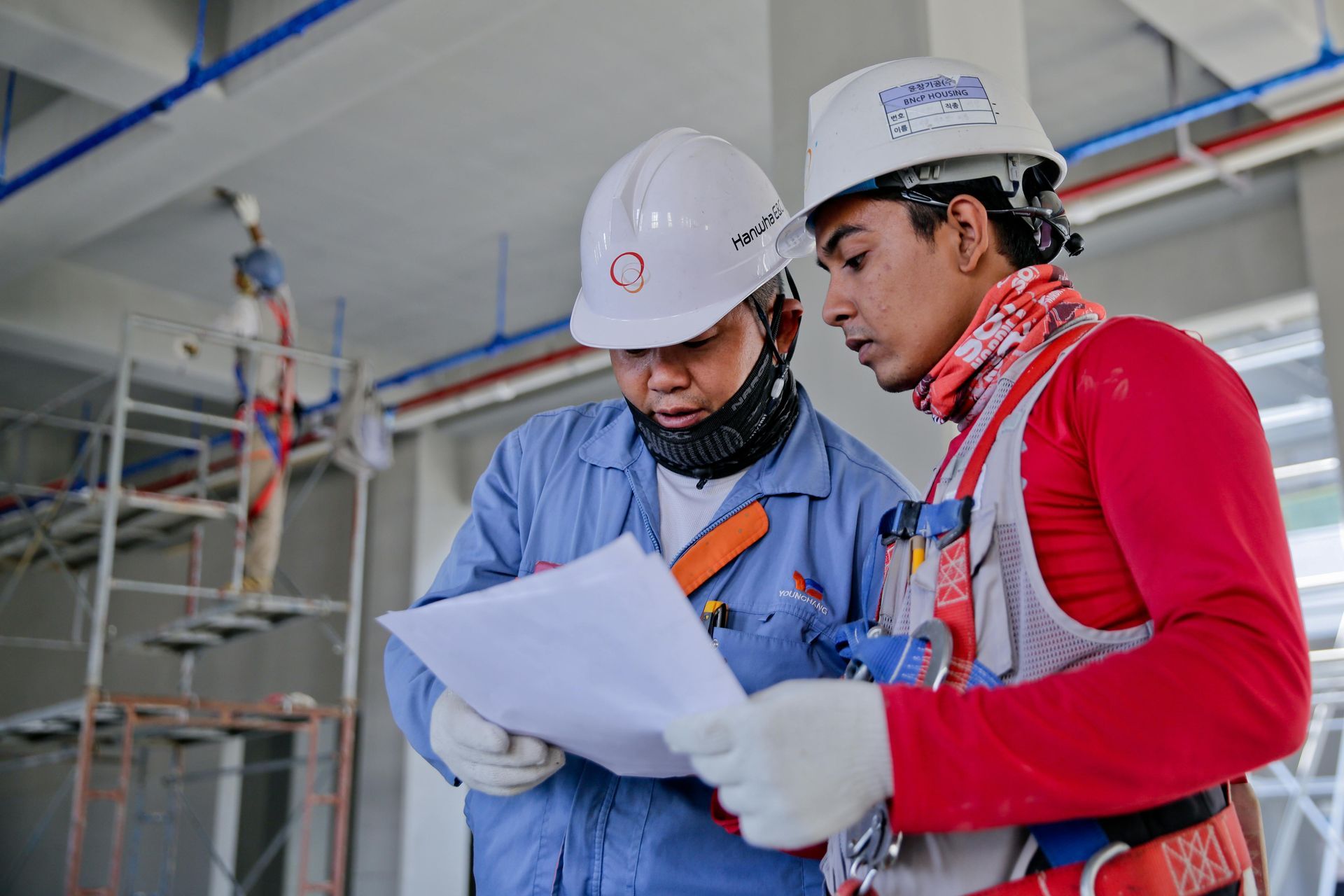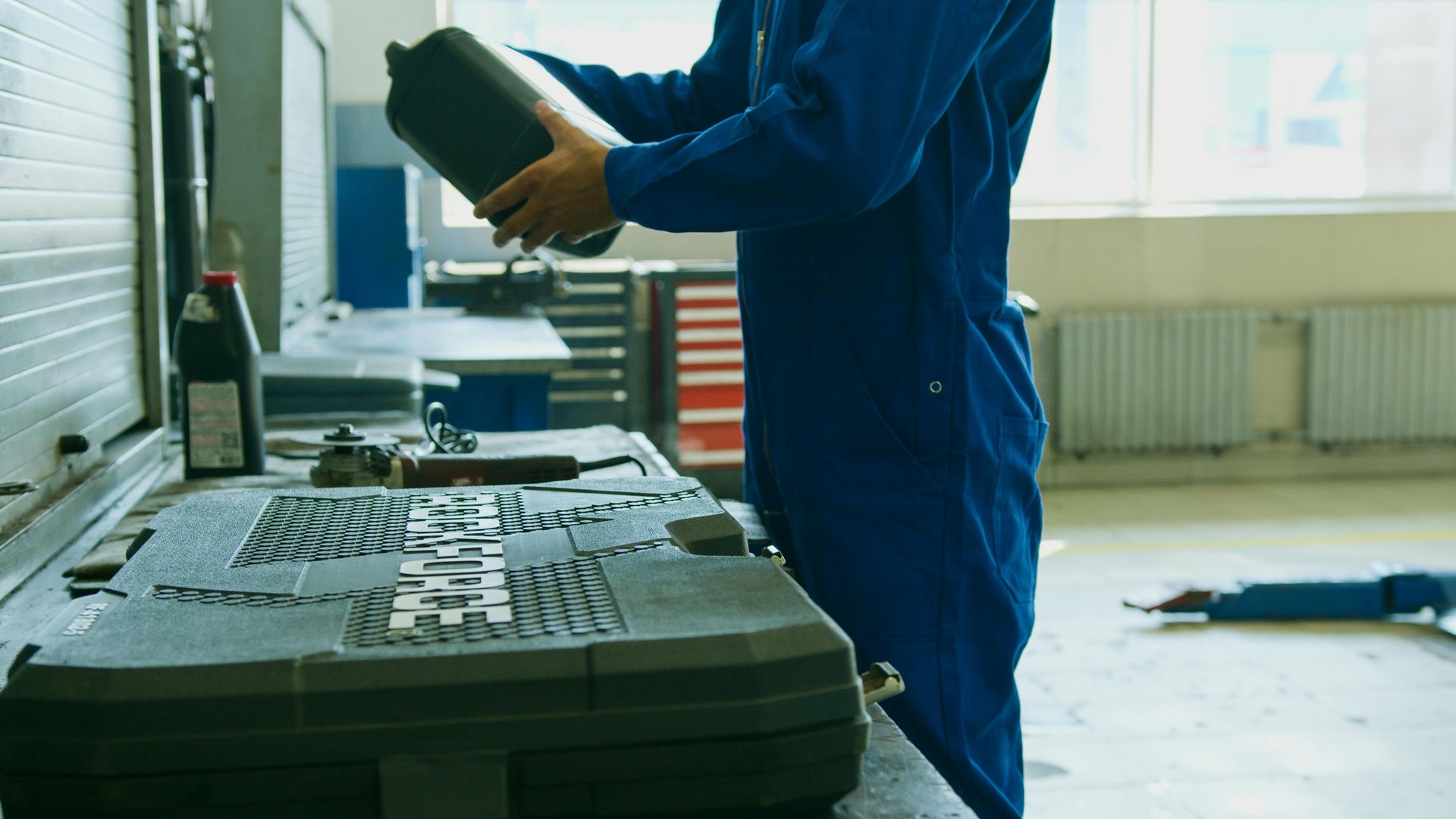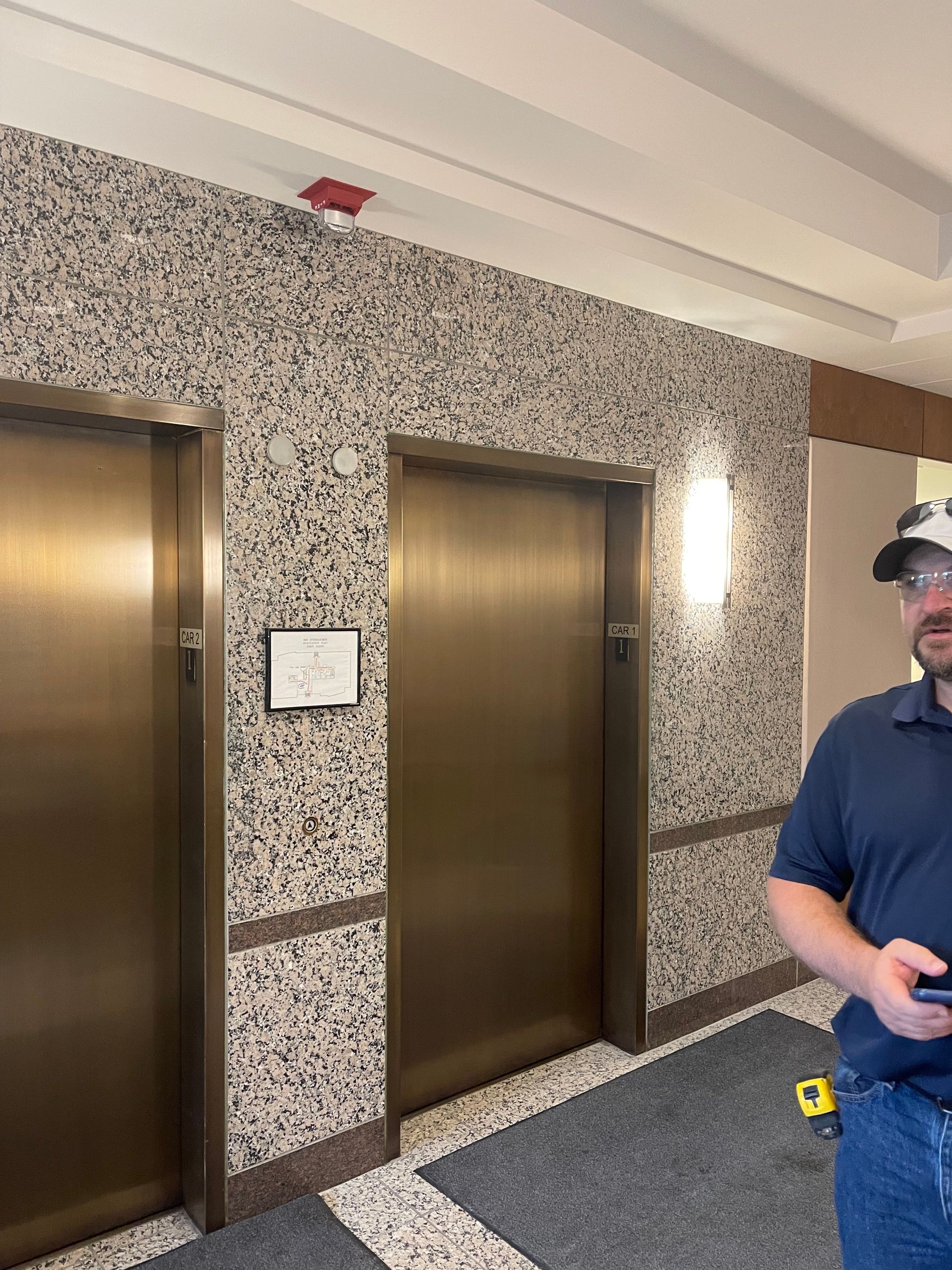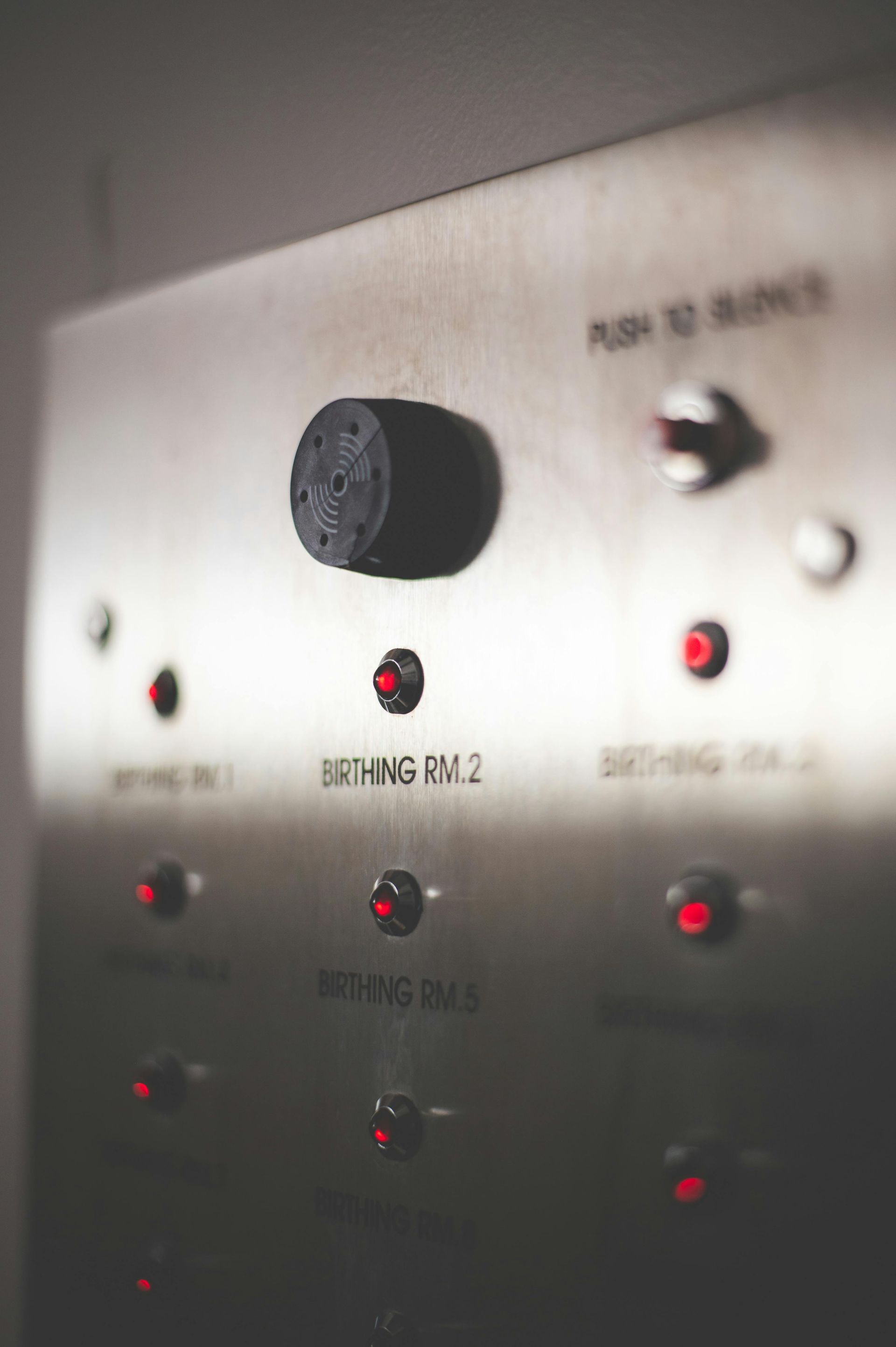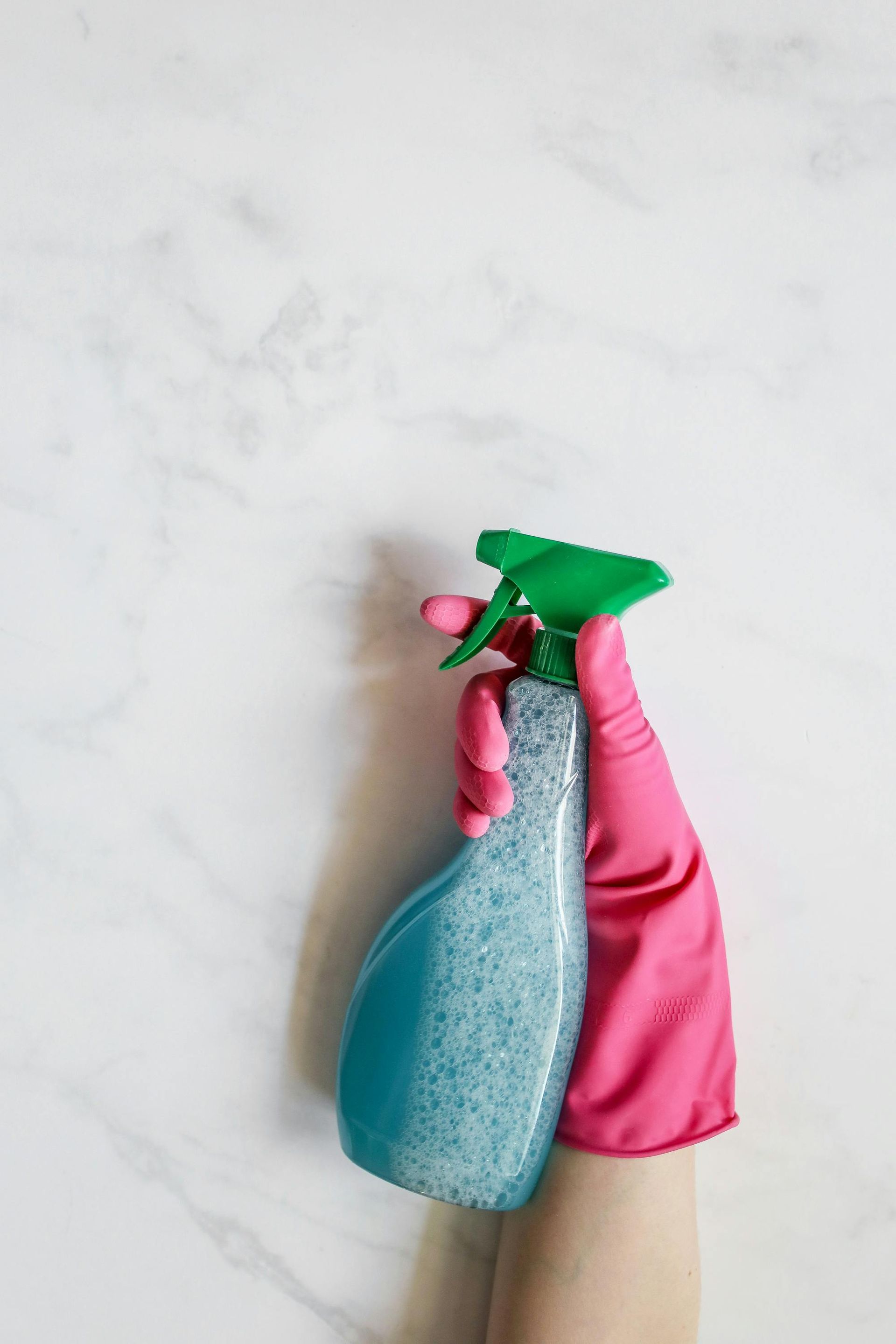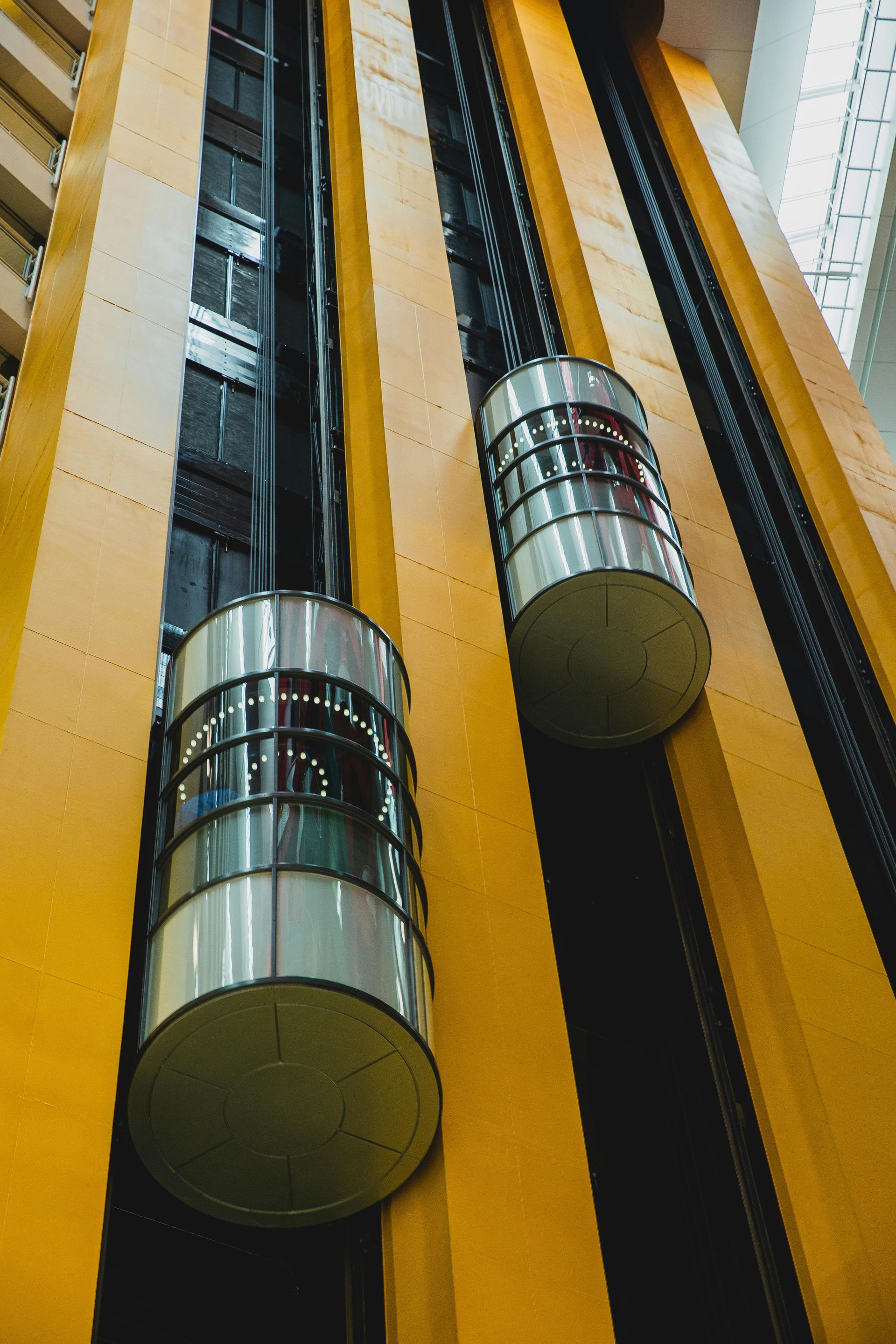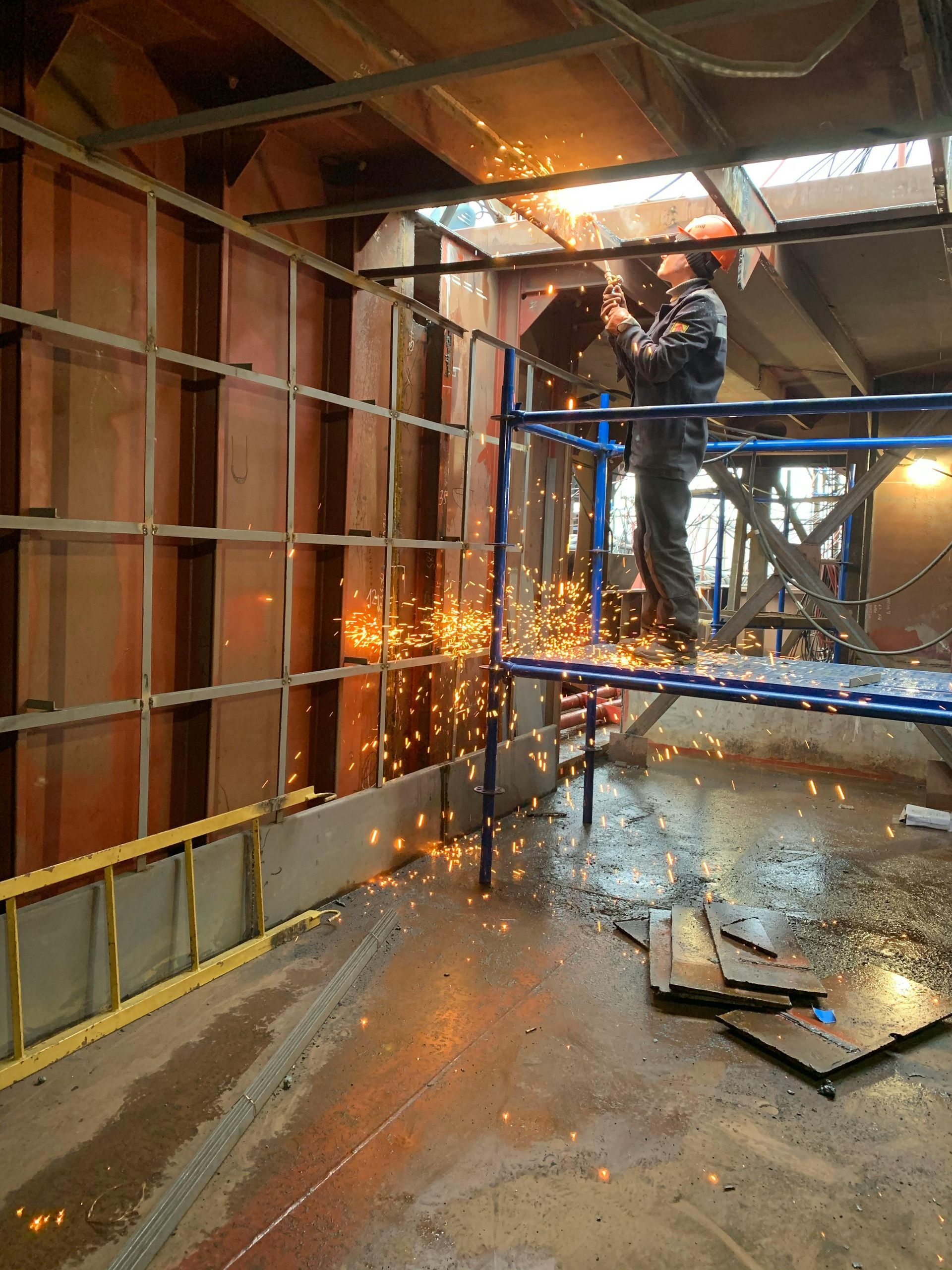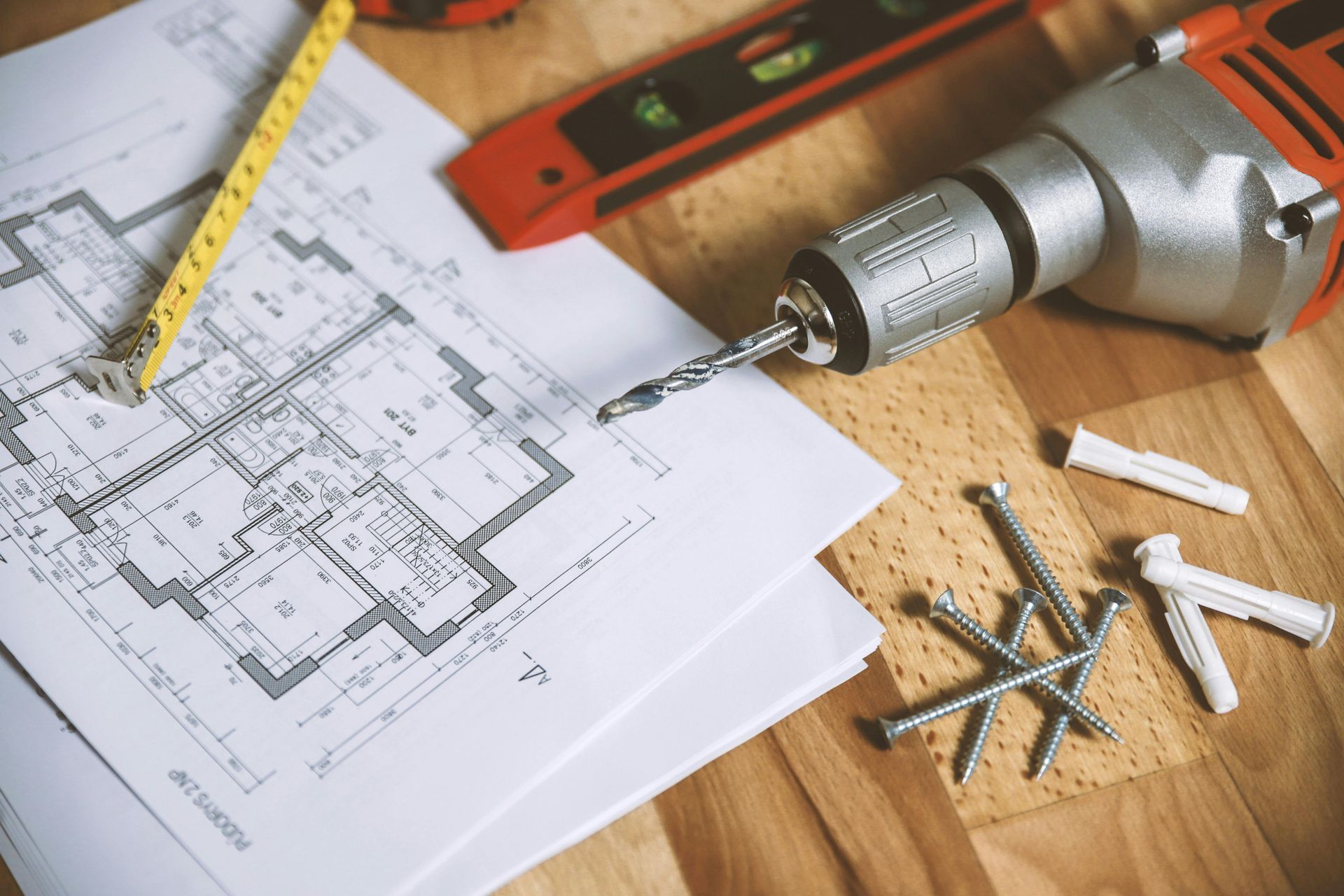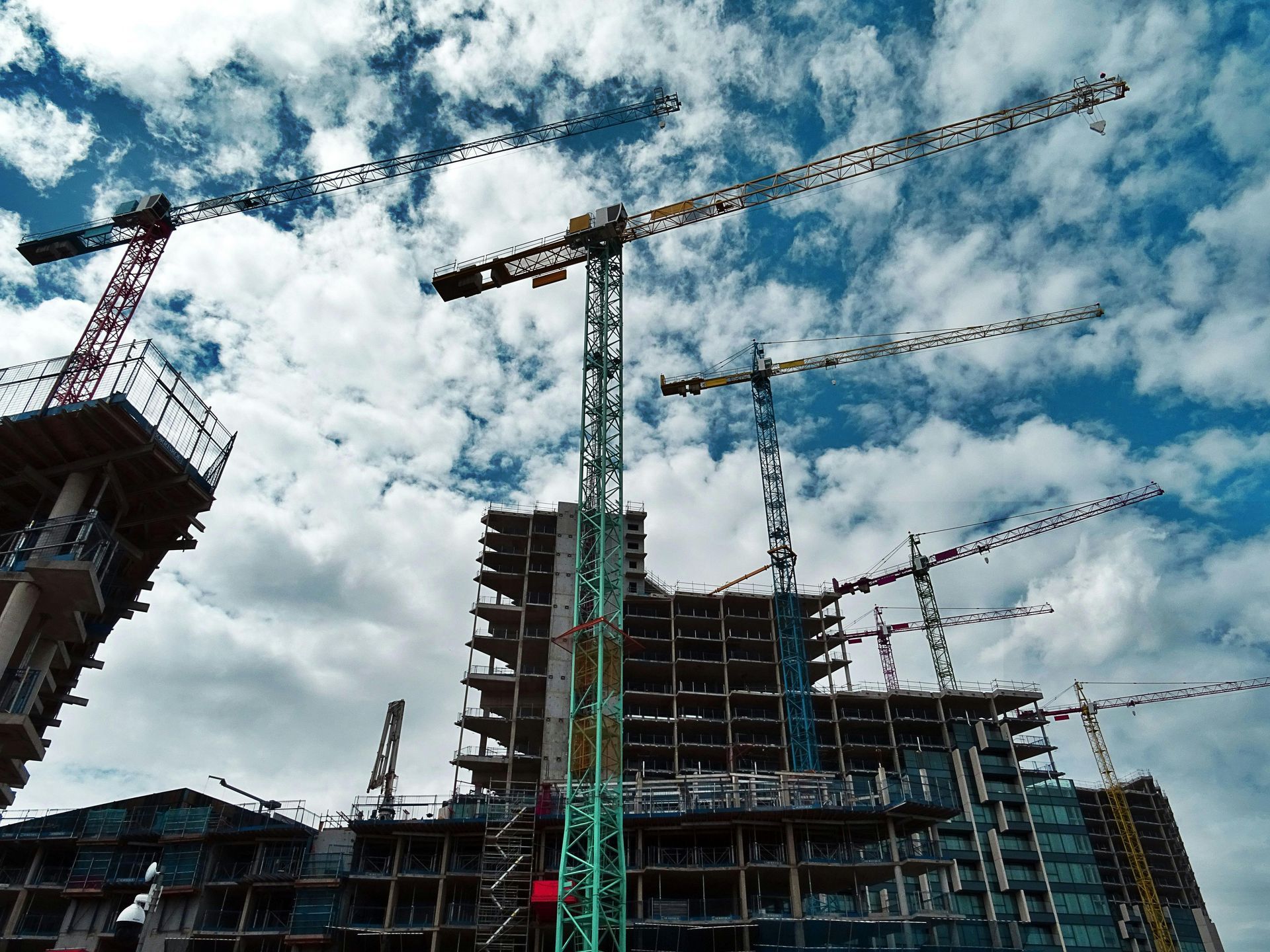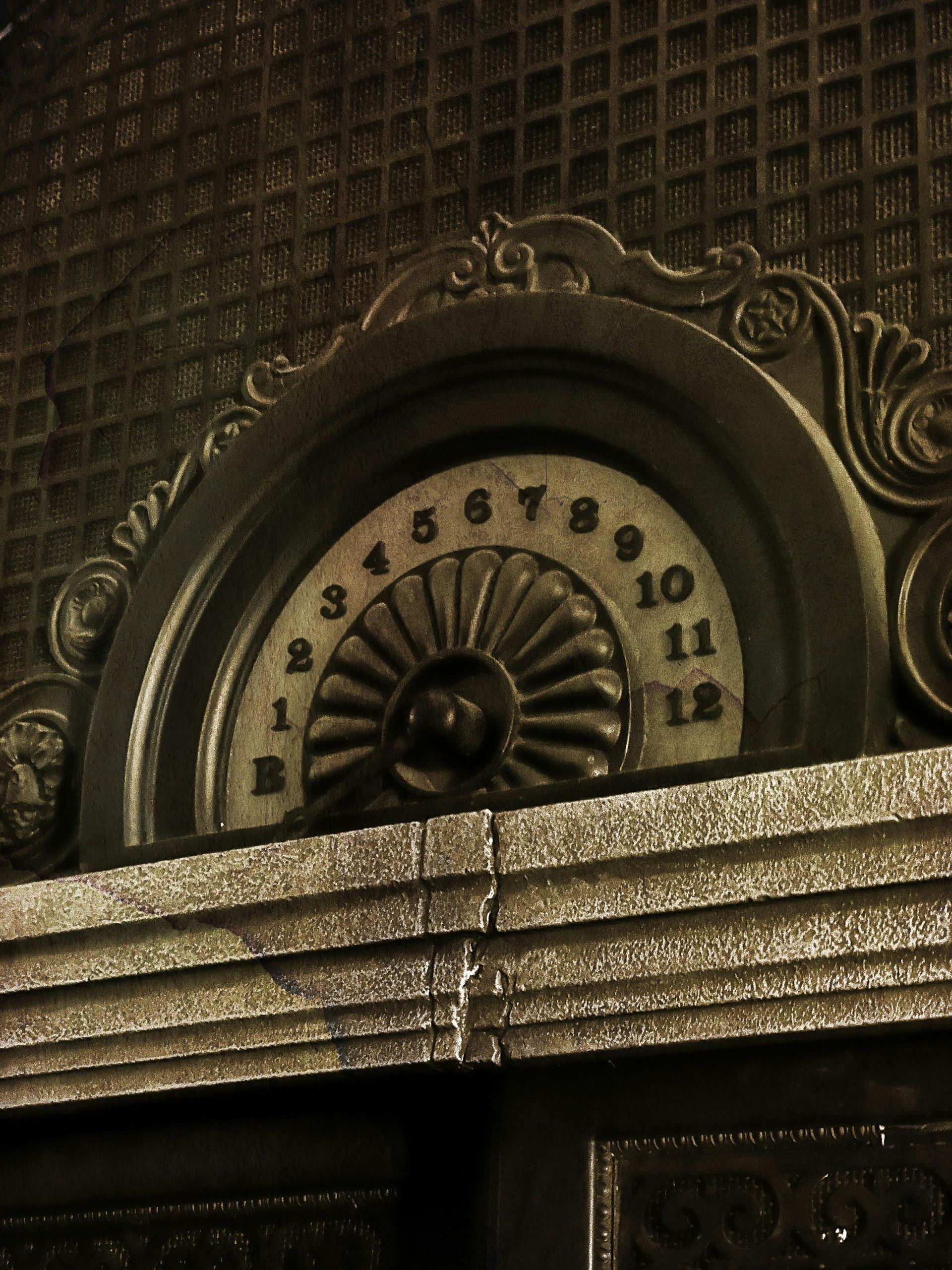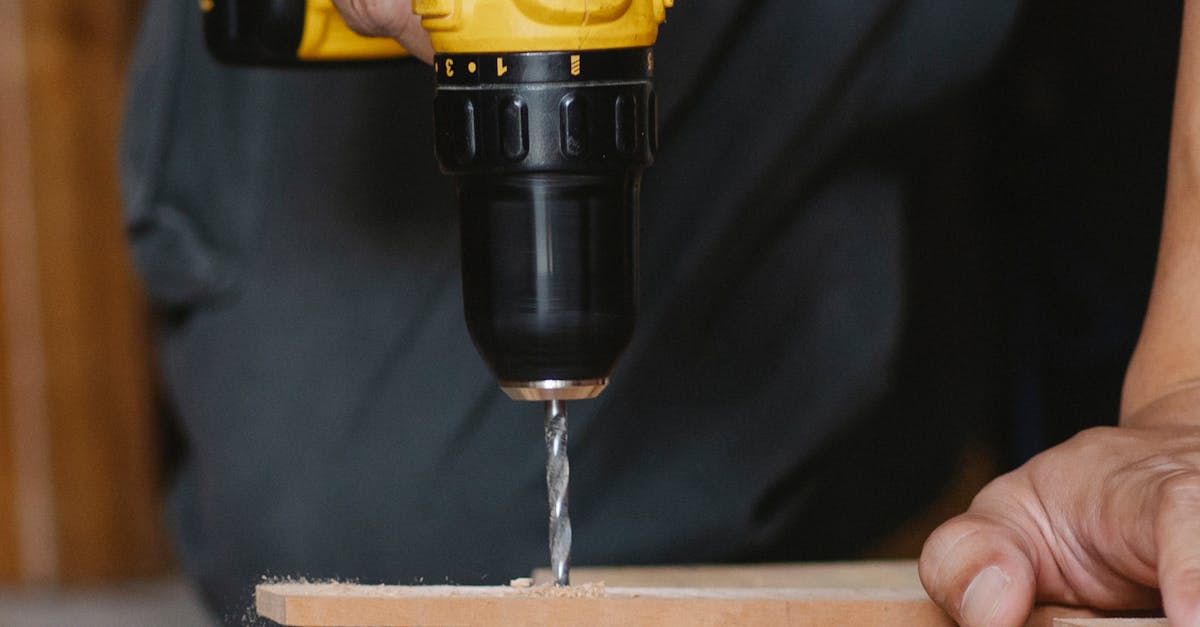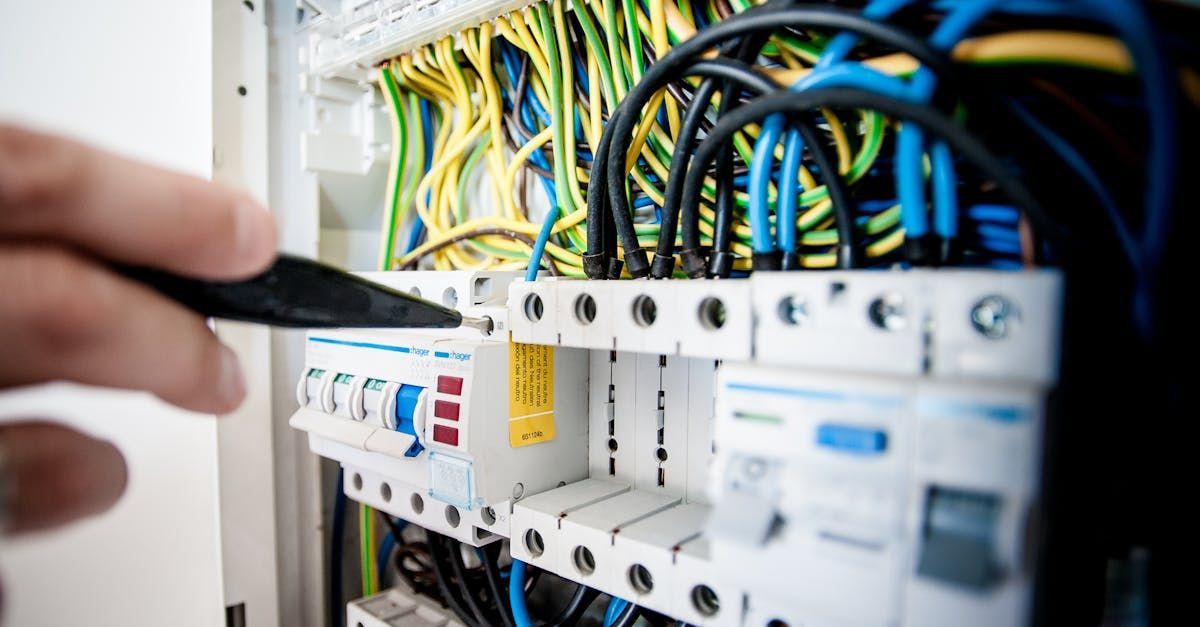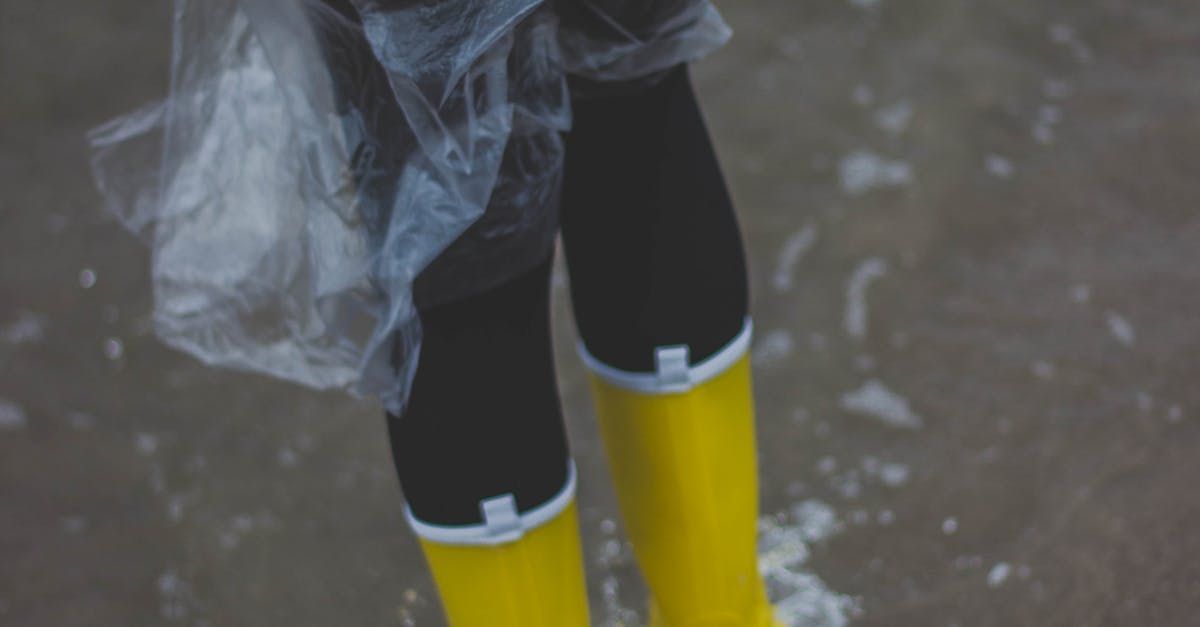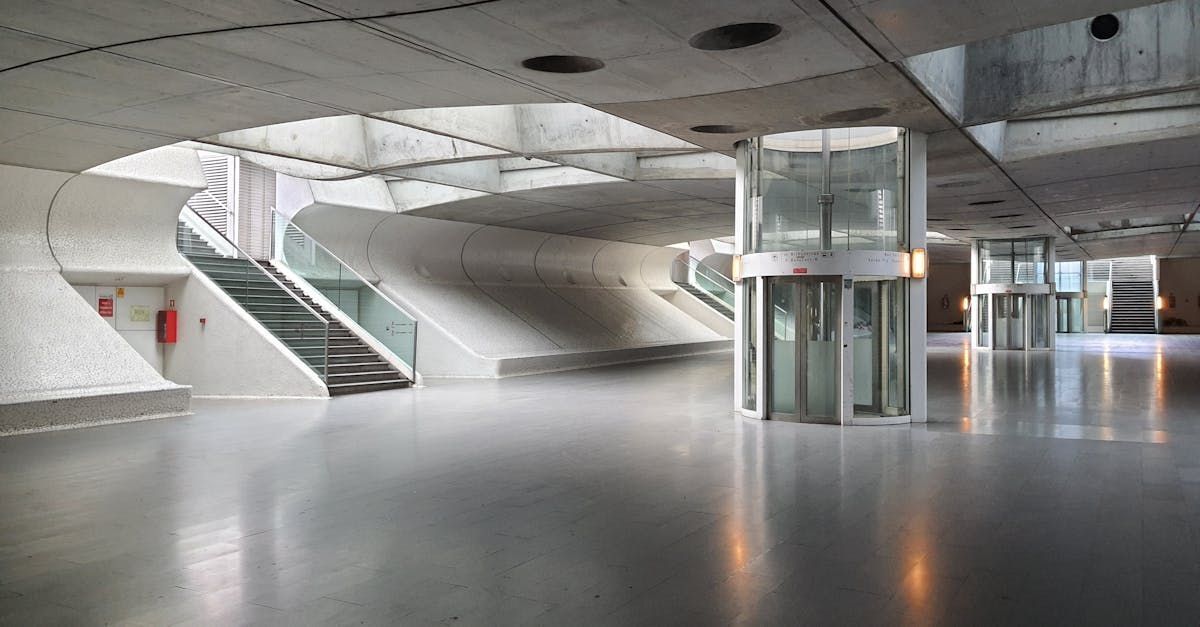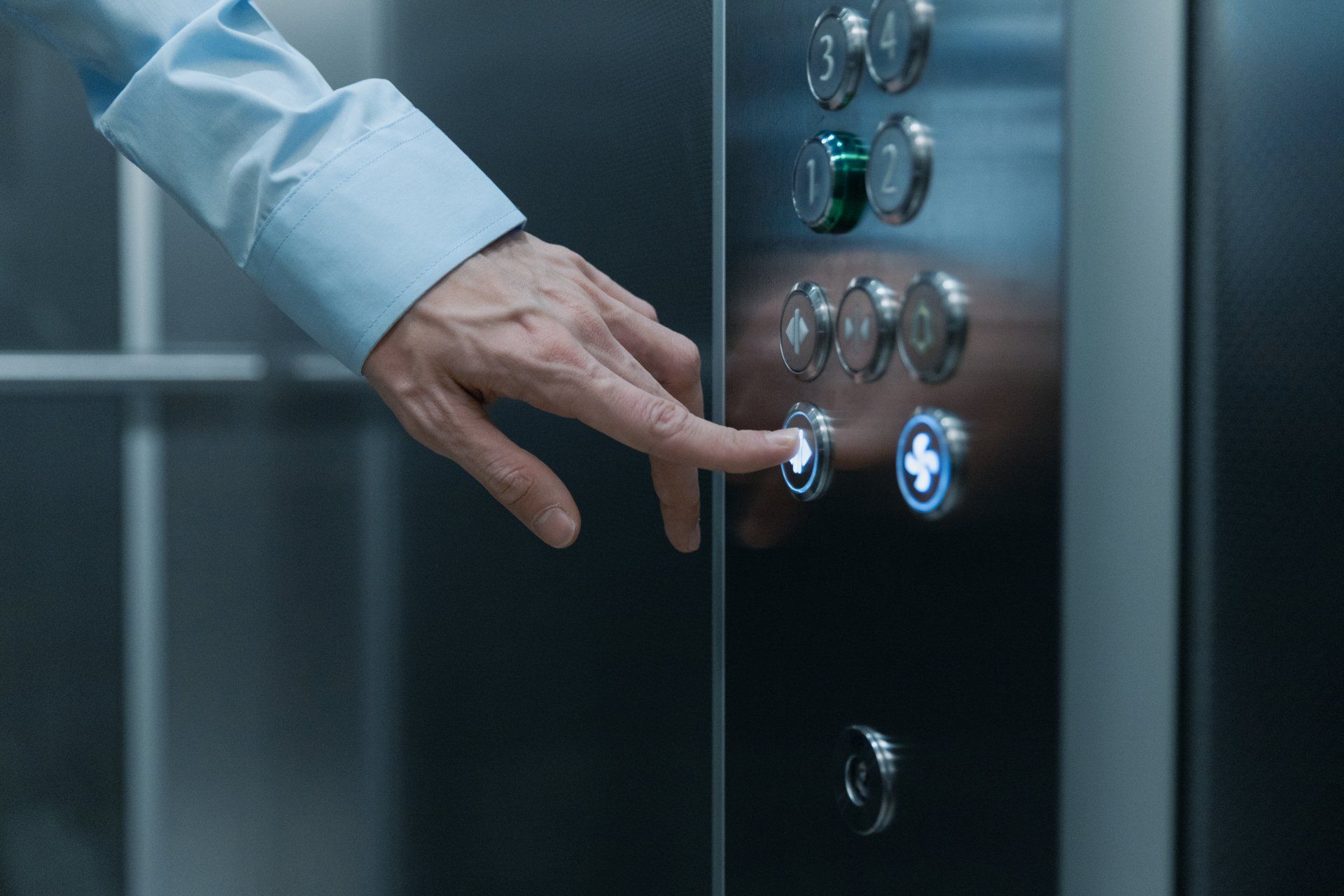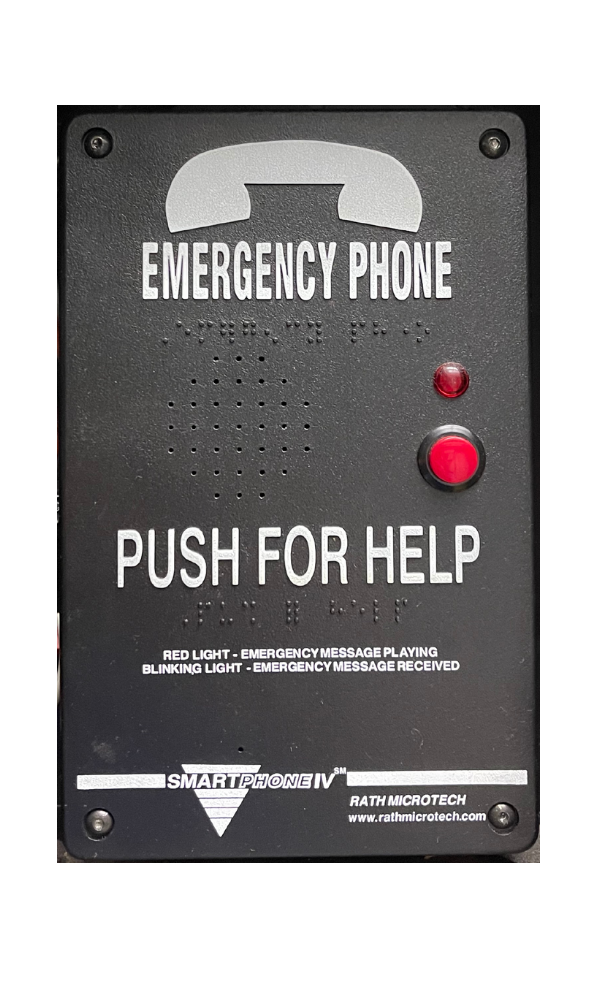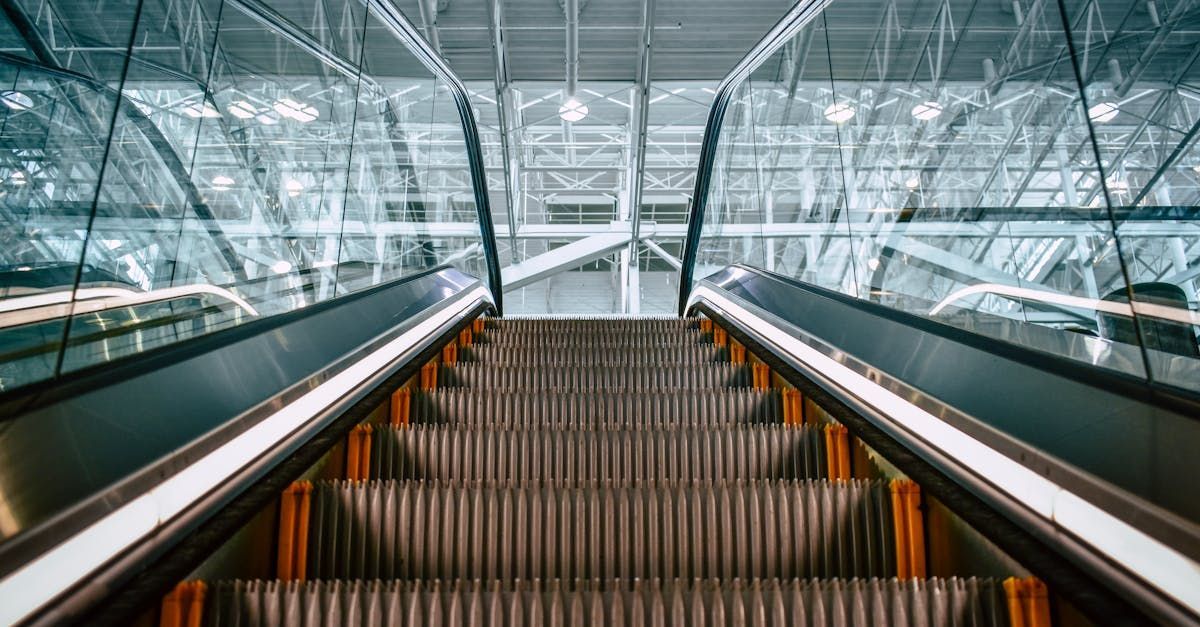Water in Elevator Pit: Causes, Effects, and Remedies
Key Highlights
- Water accumulation in elevator pits poses significant risks to building infrastructure and occupant safety.
- Understanding the causes, ranging from natural disasters to plumbing issues, is crucial for effective prevention.
- Immediate water extraction using pumps and long-term solutions like advanced waterproofing are vital.
- Regular maintenance, including inspections and upgrades to waterproofing systems, is essential to prevent future issues.
- Implementing these preventative measures protects your investment, ensuring the longevity and safety of your elevator systems.
Introduction
Water getting into an elevator pit can cause many issues, from machine problems to serious safety risks. This guide talks about why water gets into elevator pits and what problems it can cause. It highlights how important it is to take steps to prevent this and find expert help. By knowing how water damage affects an elevator system and using solutions like sump pumps and strong waterproofing, building owners and managers can keep their elevators safe and working well.
Understanding the Impact of Water in Elevator Pits
An elevator pit is very important for the safe and smooth running of an elevator system. This small area under the elevator cab can easily collect water, which can cause major damage and safety issues.
When water sits in an elevator pit, it puts the elevator system at risk. It can damage the mechanical parts, the electrical system, and the structure of the elevator. Problems like corrosion, electrical shorts, and mold growth can happen. These issues may lead to expensive repairs, downtime, and health risks.
How Water Affects Elevator Mechanics
Standing water in an elevator pit can cause serious problems for the elevator's mechanics. When metal parts like guide rails, cables, and the elevator car frame get wet, they can rust.
Rusting damages these important parts, making them weaker. This can lead to problems that might cause the elevator to stop working. Also, standing water can disrupt the braking system, which can be危险 for the people using the elevator.
Water can also attract dirt and debris. This makes moving parts wear out faster. Because of all these issues, the elevator can break down sooner than expected, leading to costly repairs or even needing a complete replacement.
The Risk to Electrical Systems
The elevator pit holds many essential electrical parts, like motors, control panels, and wiring. These components are crucial for how the system works. However, water damage can be very harmful. It can lead to short circuits, power outages, and even fires.
Water and electricity are a risky mix. This risk is greater in the cramped area of the elevator pit. A short circuit can harm sensitive electronics, which could mean expensive repairs or replacements.
In addition, bad electrical systems can put passenger safety at risk. Water damage can cause issues that lead to sudden stops, unsteady movements, or doors that do not work right. This can be very dangerous for everyone in the elevator.
Mold, Mildew, and Health Concerns
Standing water in the elevator pit can cause direct harm to the elevator system. It also creates a good spot for mold and mildew to grow. These fungi love damp and dark areas, and they spread quickly. Mold can cause bad smells and also release spores into the air. This can be a health risk for the people living or working in the building.
Breathing in mold spores can lead to allergies, breathing issues, and make asthma worse. The stagnant water might also create hydrogen sulfide gas, which smells like rotten eggs. Hydrogen sulfide can be dangerous and even deadly in high amounts.
To deal with mold growth, you need professional help. This can raise the costs linked to water damage in the elevator pit. So, it’s important to focus on prevention to avoid these health risks and ensure a safe environment.
Identifying the Causes of Water Intrusion
Understanding why there is water in an elevator pit is very important. This helps to create good and long-lasting solutions. Water intrusion can come from different places. These include things like weather events, building problems, and plumbing issues.
To find out exactly where the water is coming from, you often need a careful check by skilled workers. They can find where the water enters and see how much damage there is. This check helps to make a plan that fits the problem. The plan will deal with the issue now and keep it from happening again.
Natural Disasters and Their Aftermath
Natural disasters like hurricanes, floods, and heavy rain can overwhelm drainage systems. This can cause water levels to rise and leak into elevator pits. Older buildings that have old waterproofing are especially at risk during these events.
Floodwater can cause new cracks or make existing ones worse in the foundation or elevator pit walls. This gives water a way to enter. Even if the initial damage seems small, moisture staying for a long time can lead to big problems later.
So, after natural disasters, it is important to check elevator pits for signs of water damage, even if the building looks okay. Quickly fixing any water intrusion helps avoid long-term issues and keeps the elevator working safely.
Structural Failures and Poor Waterproofing
Cracks in the foundation, walls, or floor of the elevator pit can let water in, even with light rain. These cracks can happen due to settling, bad construction, or just normal wear and tear.
To make things worse, old or poor waterproofing raises the chance of water getting in. Waterproofing materials can break down over time. This loss of effectiveness can allow moisture to enter the elevator pit.
Checking and keeping the elevator pit strong, as well as making sure the waterproofing is good, is very important. These steps can help prevent water damage and keep the elevator pit dry.
Plumbing Leaks and Their Hidden Dangers
Plumbing leaks can be hard to see, but they are a big problem in elevator pits. Pipes near or in the pit can leak because they get old, rust, or suffer from damage.
Even a small leak can cause water to build up over time, which can create serious issues if it goes unnoticed. Leaking pipes can also hurt nearby structures, making the problem worse.
Checking the plumbing regularly, especially in older buildings, can help find and fix leaks before they turn into bigger problems. Fixing leaks quickly helps keep the elevator pit safe and protects the entire building.
Comprehensive Solutions for Water Removal
Addressing water in an elevator pit needs a well-rounded plan. This plan includes quick water removal and long-term steps to stop water from coming back. Acting fast is important to reduce damage and get the elevator working safely again.
It is best to work with skilled professionals. They have the right tools and knowledge to remove water effectively, dry the area well, and fix things to stop mold from growing and causing more problems. By using prevention methods, we can keep the elevator system safe and protect the whole building.
Immediate Actions for Water Extraction
The first step to fix water in an elevator pit is to remove the water right away. This should be done by trained experts who know how to handle water-damaged electrical parts and work in tight spaces. Here are some important actions to take:
- Disconnecting Power: It is very important to turn off the power to the elevator system. This helps to avoid electrical risks while getting the water out.
- Sump Pump Deployment: Using a sump pump helps get rid of standing water in the pit. The pump should be strong enough to handle the amount of water present for quick removal.
- Thorough Inspection: After the water is gone, a careful check of the pit is important. This helps to see how much damage has occurred and find any possible dangers.
Long-Term Strategies for Moisture Prevention
To stop water from getting in the elevator pit in the future, it is important to use long-term solutions. These solutions will help fix the main problems and make the pit stronger against moisture. Here are some good long-term ideas:
- Waterproofing Enhancement: Fix any cracks or gaps in the structure of the elevator pit. Use high-quality waterproofing materials to create a barrier that stops moisture.
- Drainage System Improvement: Make sure there is good drainage around the elevator pit. This includes grading the area and adding drainage tiles to help keep water away from the building.
- Hydrostatic Pressure Relief: In places where the water table is high, put in a hydrostatic pressure relief system. This can help reduce pressure and keep water from coming through the floor of the elevator pit.
Tools and Technologies for Drying Out Elevator Pits
Drying out an elevator pit after water extraction requires specialized tools and technologies to eliminate residual moisture and prevent mold growth. These tools facilitate efficient and thorough drying, ensuring a safe and operational environment.
Industrial Fans: Promote air circulation, accelerating evaporation and removing moisture-laden air.
Dehumidifiers: Extract moisture from the air, lowering humidity levels and preventing mold growth.
Desiccant Dehumidifiers: Ideal for colder environments, these units absorb moisture using chemical desiccants.
Moisture Meters: Used to measure moisture levels in the air and building materials, ensuring complete drying.
Gas Exposure Monitors: Detect harmful gases, such as hydrogen sulfide, ensuring worker safety during the drying process.
Using a combination of these tools, professionals can effectively dry out elevator pits, creating a safe and conducive environment for repairs and restoration.
Preventative Measures to Protect Your Elevator Shaft
To protect your elevator shaft from water damage, you need to be proactive. This means doing regular maintenance and taking steps to prevent problems. These steps help you spot issues before they become expensive repairs.
By having regular inspections, upgrading waterproofing systems, and quickly fixing small signs of damage, building owners and managers can greatly increase the life of their elevator systems. This also helps ensure the safety of the occupants.
Regular Maintenance and Inspections
Regular maintenance by skilled elevator technicians is very important. It helps find potential water intrusion areas early. Inspections should cover all parts of the elevator shaft. This includes the pit, machine room, and related plumbing.
Elevator technicians look for signs of corrosion, cracks, or problems with sealants. Finding these issues early allows for quick repairs and reduces the risk of water damage. These inspections also allow testing of sump pumps, drainage systems, and other preventive measures.
By following a regular maintenance plan, building owners can keep their elevator systems running well and safely. This helps avoid the high costs of downtime or repairs caused by water damage.
Upgrading Waterproofing Techniques
Waterproofing technology has improved a lot. It now offers strong and effective ways to keep elevator pits safe from water intrusion. Using modern waterproofing methods gives you long-lasting protection, even in tough conditions.
One method is crystalline waterproofing. This technique uses a chemical reaction to form a waterproof barrier inside the concrete. It lasts longer and is tougher than old membrane systems. When you decide to upgrade waterproofing, it’s important to choose a good contractor who knows the proper application procedures.
By investing in strong waterproofing systems and making sure they are installed correctly, building owners can protect their property. This can help reduce the chance of water damage in elevator pits in the future.
Conclusion
In conclusion, water in elevator pits can be very dangerous for the mechanical parts and safety of the system. It is important to know the causes of water intrusion to prevent and maintain the system. You should act quickly to get rid of the water and have long-term plans to keep out moisture. This will help protect against mold, mildew, and electrical problems. Regular maintenance, inspections, and waterproofing upgrades are good steps to take for your elevator shaft. By being proactive and informed, you can keep your elevator system safe and running for a long time.
Frequently Asked Questions
What immediate steps should be taken if water is detected in an elevator pit?
If you see water, quickly turn off the elevator's power to keep it safe. Do not use the elevator if there is standing water. Call a trained elevator technician or a water removal service. They can check the problem and remove the water safely with a sump pump.
Can an elevator function safely after being exposed to water?
An elevator should not be used after it has been exposed to water. You must first inspect it thoroughly and make any needed repairs. Water damage to the electrical components or mechanical parts can lead to problems and serious safety threats.
What are the signs of water damage in an elevator system?
Signs that there is water damage in an elevator system are:
- Water visible in the pit.
- Rust or corrosion on metal parts.
- A musty or bad smell.
- Weird sounds during operation.
- Problems with electrical components.
How often should elevator pits be inspected for water intrusion?
Elevator pits need to be checked for water intrusion at least once a year. If the area gets a lot of rain or floods often, then check them more often. Maintenance workers should make sure to include these inspections in their regular tasks.
Are there any insurance considerations for water damage in elevator shafts?
Insurance coverage for water damage in elevator shafts can be different based on your policy and where the water comes from. You should check your policy and talk to your insurance provider. It’s important to know the limits and what is not covered, especially when it comes to damage from contamination.

